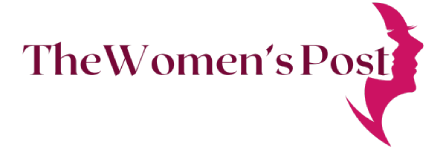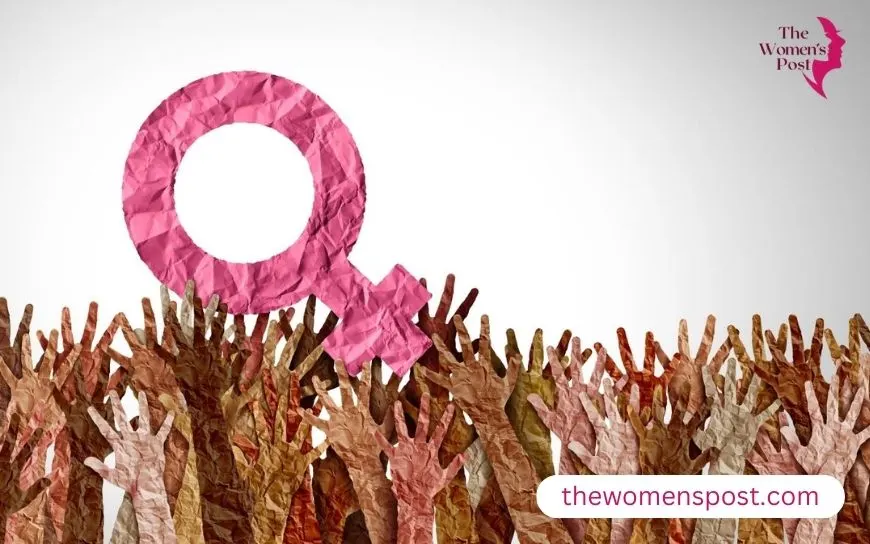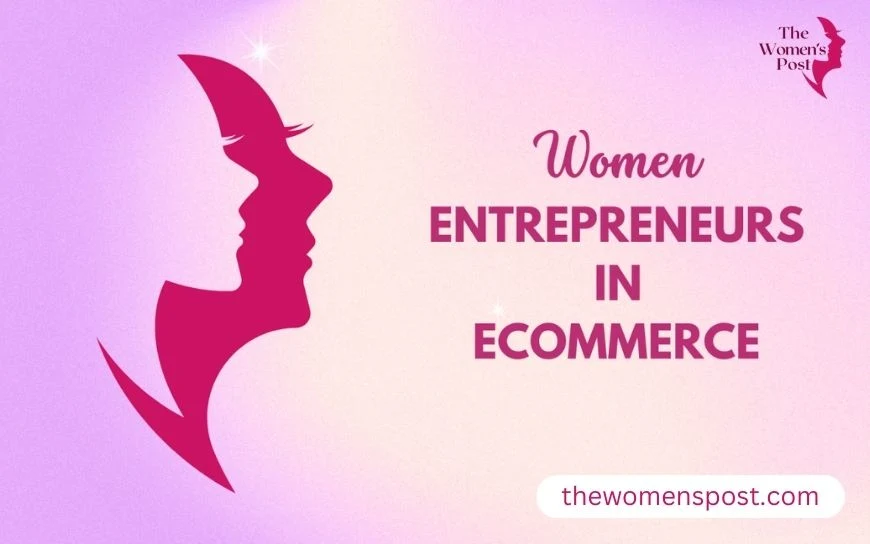The Rise of Feminist Literature: How Books Are Empowering a Generation

The rise of feminist literature isn’t just about increasing book sales; it’s about a growing hunger for stories that reflect the lived experiences of women and marginalized genders. It’s about the need for representation, for validation, and for narratives that challenge outdated power structures. Readers are seeking books that don’t just entertain but inspire, educate, and empower. And in a world that is still grappling with gender inequality, these books have become essential reading – not just for feminists but for anyone who believes in justice and equality.
There was a time when stories of women’s problems were kept to the fringes, whispered rather than spoken. Books by and about women were frequently regarded as insignificant, with issues deemed too esoteric or intimate to merit general attention. But those days are over. Today, feminist writing has a forceful voice that reaches more readers than ever before. Books about gender problems are no longer relegated to hidden nooks of bookshops; they are blockbusters, book club favourites, and catalysts for conversations that shock society to their foundations.
Why Does Feminist Literature Matter?
Imagine being a little girl growing up in a world where women’s voices are rarely heard. Imagine picking up a book that speaks directly to your experiences, difficulties, and goals. The importance of feminist writing stems from that moment of acknowledgement and affirmation. It provides voice to the voiceless and recounts tales that were previously deemed irrelevant.
These works do not just represent the world as it is; they question it. They raise challenging topics, fight injustice, and propose possibilities of a more equitable society. They encourage readers, regardless of gender, to realise oppression and take action against it.
The Evolution of Feminist Literature
Feminist literature is not new. It has grown through several waves, just like feminism itself.
- The First Wave (19th to early 20th century): Consider Mary Wollstonecraft’s A Vindication of the Rights of Woman, or Virginia Woolf’s A Room of One’s Own. These publications set the basis for women’s fundamental rights and intellectual independence.
- The Second Wave (1960s-1980s): Writers such as Betty Friedan (The Feminine Mystique) and Bell Hooks (Ain’t I a Woman?) explored topics such as household oppression, job discrimination, and racial inequities within feminism.
- The Third Wave (1990s-2000s): Authors like as Audre Lorde and Roxane Gay expanded the discourse to encompass race, sexuality, and gender identity.
- The Fourth Wave (2010s–present): Welcome to the digital age, when feminist writing is enhanced by social media. Books like Chimamanda Ngozi Adichie’s We Should All Be Feminists and Rebecca Solnit’s Men Explain Things to Me are more accessible than ever, sparking viral debate and real-world action.
Feminist Books That Resonate Today
The variety of contemporary feminist literature is what makes it so appealing. There is something for everyone:
- For those new to feminism: Bell Hooks’ Feminism Is for Everybody clarifies complicated topics in an understandable way.
- For fans of fiction: The Handmaid’s Tale by Margaret Atwood and Kim Jiyoung, Born 1982 by Cho Nam-joo provide unsettling but important thoughts on women’s tyranny.
- For personal empowerment: Glennon Doyle’s Untamed encourages readers to break free from cultural standards.
- For those who enjoy deep humour: Lindy West’s Shrill and Roxane Gay’s Bad Feminist combine sharp wit and profound social commentary.
Why Are More People Reading Feminist Literature?
Several reasons have contributed to the increased audience of feminist books:
- A More Aware Society: Discussions around #MeToo, gender wage disparities, and reproductive rights have piqued people’s interest in feminist viewpoints.
- The Power of Social Media: Platforms like Instagram and TikTok are flooded with book suggestions, fuelling the feminist literary craze.
- Representation Matters: With more varied voices in publishing, more individuals may see themselves represented in tales.
- A Need for Change: Readers want novels that encourage action and make them feel seen, not just entertained.
Emotional Impact of Feminist Literature
Reading feminist literature is more than simply an academic exercise; it is highly emotional. Many readers remember periods of sadness, fury, and, finally, empowerment.
Consider the first time someone read Alice Walker’s The Colour Purple. Celie’s tale is heartbreaking, but her strength is equally inspiring. Consider how frustrated a reader could feel when confronted with the real-life injustices depicted in Caroline Criado Perez’s Invisible Women.
Nonetheless, these works do not only make us upset, but also drive us. They remind us that change is possible and that every voice is important.
The Challenges Feminist Literature Faces
Despite its growing popularity, feminist writing nevertheless encounters criticism. Books are prohibited in certain areas. Authors face criticism, sometimes even threats. There is also the issue of mainstream publishing prioritising some voices while marginalising others, particularly women of colour, trans women, and non-binary writers.
But the struggle continues. Independent publishers, self-published writers, and grassroots book clubs are ensuring that feminist stories continue to reach audiences.
Feminist literature is not merely a genre; it is a movement. As more individuals connect with these publications, society moves closer to gender equality. The tales we read form our perspectives on the world, and as long as feminist literature persists, so will the hope for a more equitable future.
So, whether you’re new to feminist literature or a long-time reader, keep reading, questioning, and advocating for change. Because each book you read is a step towards a more equitable society.
Also read: Soaring Beyond Limits: How Sunita Williams Became a Space Icon









